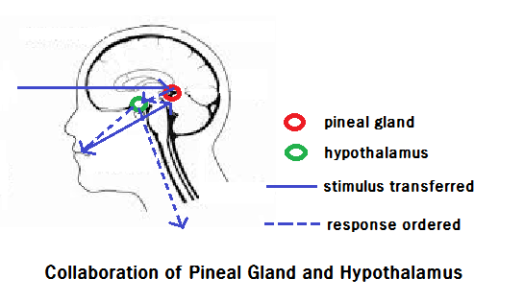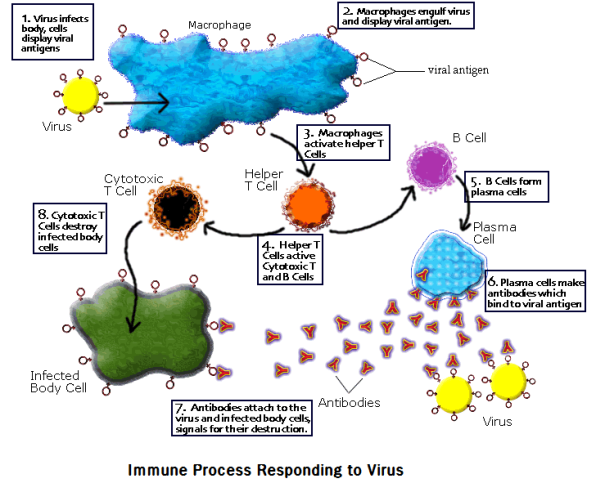In this blog, I am planning to post my (and sometimes other’s if necessary) writings in such diverse categories as food, health, earth system change, childbirth & child care, education, art, history, etc. All these will be presented for us to share visions and efforts on the desirable ways to live through this time of rapid global change, as I put very briefly at <About>.
Such is not a simple task, which I don’t think I can do alone, at least to any meaningful degree. I am groping my way out, and I will feel the more supported with the more people going together.
One thing that I am pretty much sure is that we must take a fundamental turn from the so-called ‘modern knowledge’. It had grown to be popular since the 19th century in Europe and the late 20th century all over the world, and we, as mankind, were so proud of it. One of the most conspicuous traits of this kind of knowledge is that it gives absolute priority to ‘thinking’ and ‘human being’ as the subject of thinking.
However, anyone with meaningful life experiences will agree that human thinking is very arbitrary- “Earring, if you wear it on your ear; Nose ring, if you wear it on your nose”, as the East Asian saying goes. We know many historical cases in which the Truth, so called in a certain time and society, would make a fundamental change as things changed. At times, most absurd thinking would sway the whole society into turmoil.
One of the now-undisputed examples is the social Darwinism, which prevailed in the late 19th and early 20th century Europe. It argues that mankind evolves from the primitive state to the enlightened state, the former being represented by the indigenous peoples of Africa and Oceania and the latter by the Europeans at that time; that the latter has the noblesse oblige to lead the former. Perhaps God only knows how much atrocity has been done justified by such argument, and this is the part still blemishing recent human history.
No less absurd is the anthropocentric developmentalism, arguing that men are entitled to, or even recommended of, the exploitation of nature for their own affluence and convenience. Now the world is getting more and more aware of its negative effects: earth sickened life of future generation threatened, etc.
Still, such way of thinking and acting survives, even thrives, in our everyday life. Fortunately, increasing numbers of us began to realize the problem and make efforts to overcome it. Such efforts, taken together, are called ‘postmodernism’ or ‘postmodernity’.
Plenty of things we should we keep in mind to make such efforts more fruitful, but I want to focus on one thing here: not to get trapped in our ‘thought’- not to be swayed anymore by such kinds of sophistry as modified social Darwinism or short-sighted developmentalism.
Of course, ‘thinking’ is one of the most valuable assets of human capacity. But it should be balanced by other ways of perceiving and interpreting the outside world, for example, through our heart or the third eye. Together, they should be followed by our healthy habit of making decisions for all of us on the earth without being limited to narrower circle and shorter sight.
This is why I have tried to focus on what is yet to be introduced and to be identified about the pineal gland and the somatic marker. Such will be mentioned further in the contexts of postings to come, being expected to help us get a new insight to get over this “fine mesh of the net of modernity,” as Deleuze put it.













